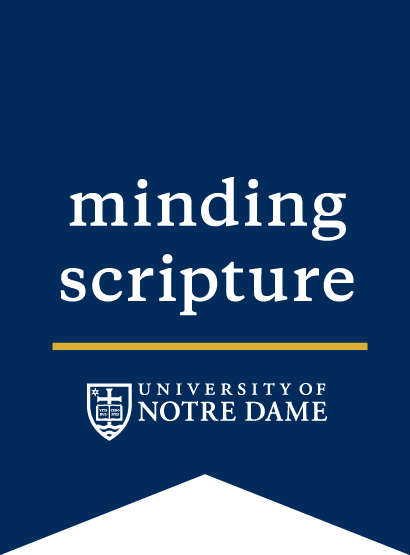Show Notes
Life after death is a central concept in all three Abrahamic religions. What happens to a person after death? How do Judaism, Christianity, and Islam envision heaven and hell? And what can the faithful expect at the resurrection?
In numerous verses, the Qur’an establishes the vital connection between a person’s actions in this life and their long-term consequences. It makes frequent reference to a day of judgment–the day of resurrection–when the faithful are admitted to Jannah, also described in the Qur’an as the garden of Eden. Thus the faithful will return to the garden created by God for Adam and Eve. Between that day and a person’s death, there is Barzakh, a state of unconsciousness which is likened to sleep and to the soul’s journey. The Qur’an outlines the rewards of paradise in great detail, which involve the pleasure of women or being married to a spouse, luxurious garments, and abundant delicacies to enjoy. It also contains references to Gehenna, hell, and likewise describes its punishments in detail. Some Muslim thinkers have interpreted hell as a place of temporary purgation and emphasize that the Qur’an chooses to highlight God’s mercy instead of the exact length of sinners’ stay in hell. There is no clear indication in the Qur’an that heaven is a place of communion with God and the angels; most passages seem to interpret paradise as a special reward prepared for each person according to his or her deeds.
The New Testament’s concept of the afterlife follows entirely from Jesus’ resurrection from the dead and ascension to the Father: it is a resurrection in body and soul, and assumption of one’s entire humanity into heaven. While the victory over and existence after death are absolutely central to Christianity, the vivid descriptions in the Book of Revelation of the Day of Judgment and the world to come are, according to ancient consensus, to be interpreted spiritually and allegorically. The substance of Christian belief in life after death is not belief in a particular cosmology with detailed geography, but faith in the resurrection of Jesus from the dead. Classical expressions of Christian belief in heaven, like the beatific vision–seeing God “face to face”–issue from further reflection on scripture. But the core emphasis of scripture is on the God of the living having overcome death in Jesus’ resurrection. Unlike Islamic tradition, which envisions a clear separation between the land of the living and of the dead, in Christianity the Kingdom of Heaven is already present in this world in manifold ways, including in the celebration of the sacraments.
Judaism certainly does have a view of the afterlife as what occurs after a person’s death. But Judaism’s core vision is of a world to come, where the afterlife is only a passage into this coming world. The consummate expression of this world is Isaiah’s vision of peace and God’s rule over a restored world, a vision which continues to inspire Jews the world over. The Hebrew Bible does not explicitly describe a bodily resurrection, but it does evince a serious commitment to God as the God of life who overcomes death for his people. Famous passages like the rising of the dry bones in Ezekiel may envision a worldly restoration of Israel, rather than a resurrection of the dead. The resurrection described in the Book of Daniel alone appears to refer to a bodily resurrection. On the whole, the Jewish tradition lays out the prescriptions of a righteous life in this world rather than the details of the afterlife. Similarly to the Qur’an, the Hebrew Bible describes the afterlife as a garden, which has been interpreted as the destination of the righteous with some form of spiritual communion with God. The Hebrew Bible does not offer many descriptions on the nature of Gehenna, or hell, either, even though it certainly presumes the existence of judgment, hell, and a world to come.
Further Reading
Alan E. Bernstein, Hell and Its Rivals: Death and Retribution among Christians, Jews, and Muslims in the Early Middle Ages, Cornell University Press, 2017
Neil Gillman, The Death of Death: Resurrection and Immortality in Jewish Thought, Jewish Lights, 2000
Leonard J. Greenspoon, Olam ha-zeh v’olam ha-ba: This World and the World to Come in Jewish Belief and Practice, Purdue University Press, 2017
Jon D. Levenson, Resurrection and the Restoration of Israel: The Ultimate Victory of the God of Life, Yale University Press, 2008
Mohammad Hassan Khalil, Islam and the Fate of Others: The Salvation Question, Oxford University Press, 2012
Karl Rahner, On the Theology of Death, Herder and Herder, 1972
Joseph Ratzinger, Eschatology: Death and Eternal Life, 2nd Ed., The Catholic University of America Press, 2007
Alan Segal, Life after Death: A History of the Afterlife in Western Thought, Doubleday Religion, 2004
IMAGE CREDIT: Francesco Botticini, L’elezione della Vergine, 15th century.
